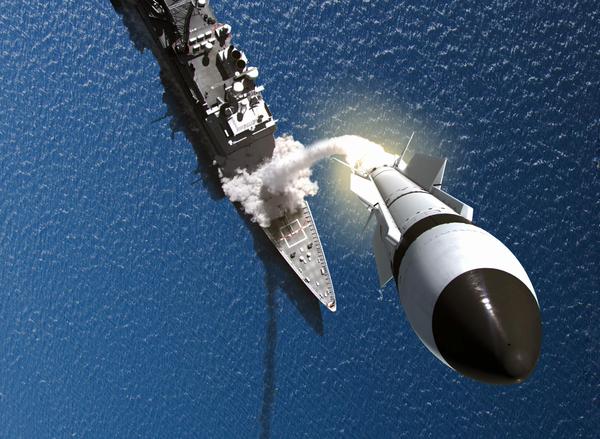 The SM-3 Block IIA has larger rocket motors and a bigger, more capable kill vehicle that allows it to take out threats sooner in flight and protect larger regions of land. |
|||
"Our
Japanese partners have been tremendous allies in this development program,
and together we've taken ballistic missile defense to the next level,"
said Dr. Taylor W. Lawrence, Raytheon Missile Systems president. "When
the SM-3 Block IIA deploys in 2018, we will have a greater degree of protection
than ever before." The SM-3 Block IIA has larger rocket motors and a bigger, more capable kill vehicle that allows it to take out threats sooner in flight and protect larger regions of land. "The SM-3 Block IIA can be used at sea or on land with no modification to the missile," said Amy Cohen, Standard Missile-3 program director. "The SM-3 is the only ballistic missile defense interceptor that can be deployed both ways, and that flexibility is a tremendous asset." The program is on track for both land and sea deployment in 2018 in line with Phase 3 of the U.S.'s Phased Adaptive Approach for missile defense of U.S. deployed forces and allies in NATO Europe. About the Standard Missile-3 SM-3s destroy incoming ballistic missile threats in space using nothing more than sheer impact, which is equivalent to a 10-ton truck traveling at 600 mph. More than 230 SM-3s have been delivered to date. SM-3 Block IB will be deployed at sea and ashore in 2015 in Romania. SM-3 Block IIA is on track for deployment at sea and ashore in 2018 in Poland and/or Romania. |
|||
DSEI 2015: Raytheon Announces $87 million SM-3 Block IIA Contract
- Posted On










